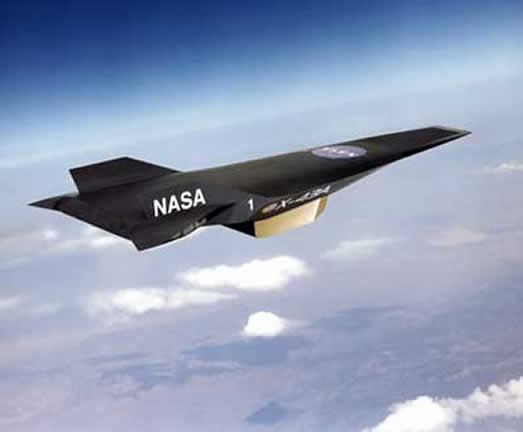Now- a- days everybody talks about the future. Future cars, bikes, mobiles, buildings and all of that sort are on hot discussions today. But ever tried to think something out-of-sort like that of aircrafts. Of course not! Well, if you have not then start thinking today because that sort of reality is not going to be so late to come!





 |
| Although we won't include this plane in this short feature |
Four companies – Lockheed Martin, Northrop Grumman, General Electric(GE) & the Boeing Company along with Massachusetts Institute of Technology (MIT) in collaboration with National Aeronautics & Space Administration (NASA) are coming up with advanced technology and concept aircrafts that is sure to give you the ultimate comfort and flight you have ever experienced in your life.
The companies researched for 18 months to visualize the airplanes of future and produced some designs and concept that at first may appear to be old fashioned but they include the most scientific technology up-to-date.
The aircrafts are as follows –
SMALL BUT MIGHTY

The GE Aviation team conceptualizes a 20 passenger aircraft that could reduce congestion at major metropolitan hubs by using community aircrafts for point-to-point travel. The aircraft has an oval shaped fuselage that seats four across in full-sized seats. It is much lighter than current aircrafts. It would reduce fuel consumption & noise & enable business jet-like travel between more than 1,300 airports. It features virtual reality windows and is designed to fly at Mach 0.55 for 800 nautical miles.
BUSINESS AS USUAL? OF COURSE NOT!

The Northrop Grumman team foresees the greatest need for a smaller 120-passenger aircraft that is designed for shorter runways in order to help expand capacity and reduce delays. The team describes its ‘Silent Efficient Low Emissions Commercial Transport’ or SELECT concept as “revolutionary in performance, if not in its appearance”. Deceptively conventional-looking, the concept features advanced light weight ceramic composite materials, nano-technology and shape memory alloys. It is designed to fly at Mach 0.75 carrying 120 passengers 1,600 nautical miles. The aircraft delivers on environmental and operational goals in large part by using smaller airports, with runaways as short as 5,000 feet, for a wider geographic distribution of air traffic. Imagine travelling in an aircraft silently, with no sound!
BIGGER IS BETTER!

The Hybrid Wing Body H-series future aircraft design concept comes from Massachusetts Institute of Technology. This aircrafts load and flight concept is similar to that of a Boeing 777. It features embedded engines using variable area nozzles with thrust vectoring, noise shielding fuselage and other technologies and advanced onboard vehicle health monitoring systems. This aircraft is designed to fly at Mach 0.83 carrying 354 passengers 7,600 nautical miles.
DOWN TO EARTH FUTURE AIRCRAFT

The Subsonic Ultra Green Aircraft Research, or SUGAR, Volt future aircraft design comes from the research team led by the Boeing company, world’s largest aircraft manufacturer. The SUGAR Volt is a twin-engine concept having a hybrid propulsion system that combines gas turbine and battery technology, a tube shaped-body and a truss-braced wing mounted on the top of the aircraft. When compared to other typical wing used today, the Volt’s wing is longer from tip to tip, shorter from leading edge to trailing edge, and has less sweep. It also includes hinges to fold the wings so that their can be more space to park and parking will be much safer at airports. Scientific advances made in battery technology enable a unique, hybrid turbo-electric propulsion system. The aircraft’s engines could use both fuel to burn in the engine’s core, and electricity to turn the turbo fan when the core is powered down. It is designed to fly at Mach 0.79 carrying 154 passengers 3,500 nautical miles. An eco-friendly aircraft, Really!
THE SUPERSONIC MACHINE

The future design concept for supersonic flight over land comes from the research team led by Lockheed Martin Corporation. The team used that it was possible to achieve supersonic flight over land by dramatically lowering the level of sonic booms through the use of an “inverted V” engine-under wing configuration. Other scientifically advanced technologies help it to achieve range, payload and environmental goals. It is one of the 2 concepts of supersonic flight aircraft concepts.
So you see that now future aircrafts have also come. Now life is going to be more better as we are going to experience a much safer, faster and better air travels within next 15-20 years.
COURTESY : NASA
No comments:
Post a Comment